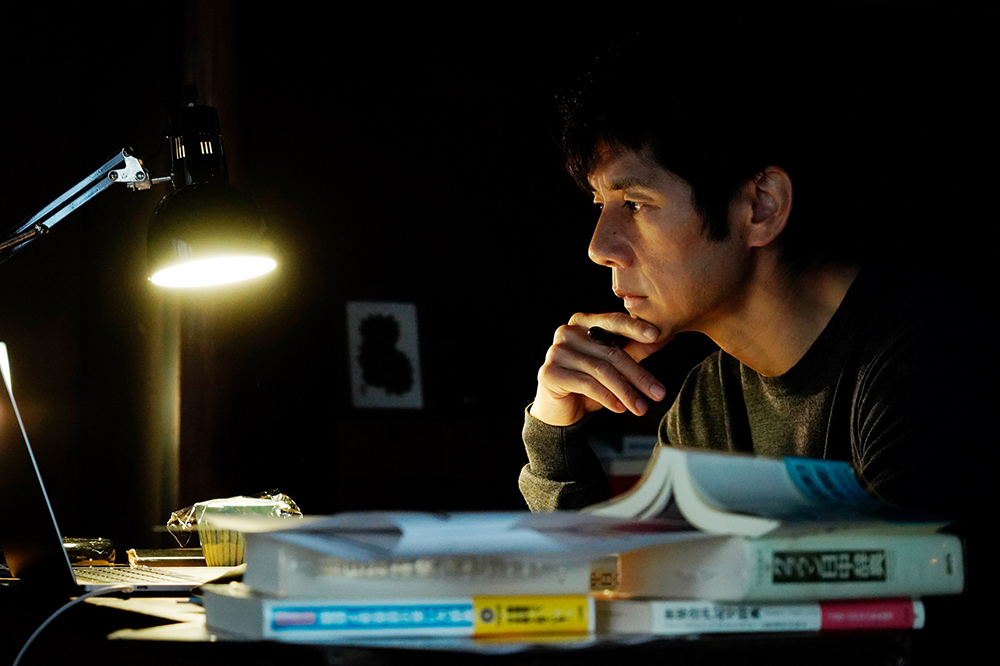
(C)2021 “Drive My Car” Production Committee
“Drive My Car” An intellectual exploration of “words” that transcends the “walls” of dialogue
2021.08.20
A story about trying to overcome the “wall” of communication
Let's start with the origins of "Drive My Car." Director Hamaguchi was approached by Akihisa Yamamoto, the producer of ``Sleeping and Waking'' and ``The Spy's Wife: The Movie,'' to ``make a film version of Haruki Murakami's short story.'' Apparently he replied, "Drive My Car."
This is because Director Hamaguchi has long been attracted to the depiction of "voice" in this short story, and he used it as a reference text in the "Happy Hour" workshop, so it was a work he had a deep connection with. In an interview published in press materials for the media, he said that he was interested in the ``words that are not acting'' that express Takatsuki in the play (director Hamaguchi is actually interested in this part). Apparently).
``Drive My Car'' is included in the short story collection ``Men Without Women.'' From there, Director Hamaguchi also scooped up the content of other short stories, ``Scheherazade'' and ``Kino'' (the content of ``Scheherazade'' is reflected in the opening sound and Kafuku's conversation, etc.), and also included the content of ``Scheherazade'', which also appears in the play. While incorporating elements from ``Uncle Vanya '' and `` Waiting for Godot ,'' he added his own ``color.'' For example, there is a flat perspective on gender differences between men and women, or racial differences, and an extremely serious and even respectful approach to "words."

“Drive My Car” (C)2021 “Drive My Car” Production Committee
Incidentally, the main stage was originally planned to be set in South Korea, but filming became difficult due to the coronavirus pandemic, so the script was reworked and the setting was changed to Hiroshima. In other words, at first, foreign elements were added to the ``location'', and an approach to language was pushed to the forefront (Busan, South Korea was chosen as the filming location because ``we could freely photograph cars ” is said to be the reason, but that is probably not the only reason.)
However, by changing the setting to Hiroshima, the nuance of ``dialogue with the past'' was strengthened, and the scene of the ``Axis of Peace'' connecting the Peace Memorial Museum, the Atomic Bomb Cenotaph, and the Atomic Bomb Dome was created. The famous scene where Misaki talks about her past piece by piece while walking with Kafuku takes on a variety of meanings precisely because of this location, and the depth of her character's development also increases.
The ``words'' mentioned earlier can also be translated as ``communication,'' and nonverbal communication such as direct vocal conversation, sign language, and gestures are depicted in multiple languages and cultures. In this sense, it may have some similarities to director Alejandro González Iñárritu's `` Babel '' (2006), which explores the theme of miscommunication in various countries and regions.
Director Hamaguchi understands (or understands) the premise that "people cannot understand each other" = analysis of the current situation, and each of the "walls" that come with it, such as "language," "culture," "upbringing," and "personality." Admit that you can't do it) and try to overcome it without destroying it. In other words, the movie ``Drive My Car'' is filled with a ``spirit of acceptance'' throughout. From here on, we will focus on that part and delve into the specific content of the work while avoiding major spoilers.

